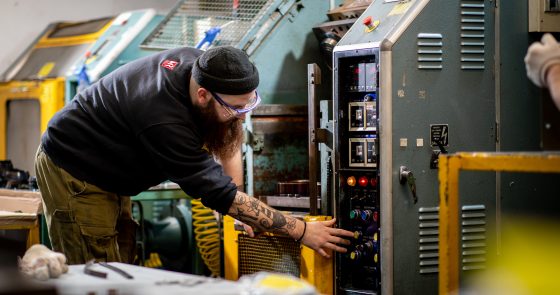Fluorination of Rubber products – how to modify surface properties
Posted on 05/02/2013 Category: Technical Features

Do you need reduced friction or better bonding for adhesives? If so, Gas Fluorination is a very useful process, which has the benefit of evenly treating the surface layer of a component to give the elastomer different properties that improve certain aspects of its performance. Exposure to Fluorine Gas under controlled conditions modifies the outer molecular layer of the polymer while leaving the core of the material unchanged. The substitution of hydrogen atoms for fluorine atoms in the the polymer chain is what enhances the surface layer of the material, but, since it is only a thin layer of the outer surface that is modified, the inherent properties of the particular rubber remain in full. Improvements can be delivered in a number of areas such as:-
-
Greatly reduced friction coefficient
-
Increased surface energy for improved adhesion & bonding
-
Improved chemical resistance
-
Permeation control
-
Improved wettability
The process is quick and clean, and most elastomer types can be treated to good advantage, to deliver the benefits of the process. If you would like to find out more, please contact Rod Ashton, our Technical Manager for further details. E [email protected] DD 023 8021 3717
The post Fluorination of Rubber products – how to modify surface properties appeared first on Martin’s Rubber Company.


